In the circuit shown in Fig, instially is closed and is open . What are the charges on each capacitor.
Then was opened and was closed (order is important). What will be the charge on each capacitor now ?
In fig, when is closed and is open, is out of contact.
.
are in series with the battery ,
,
Later , is opened and is closed, charge on remains uncharged, i.e.,
Charge on is now shared between , therefore ,
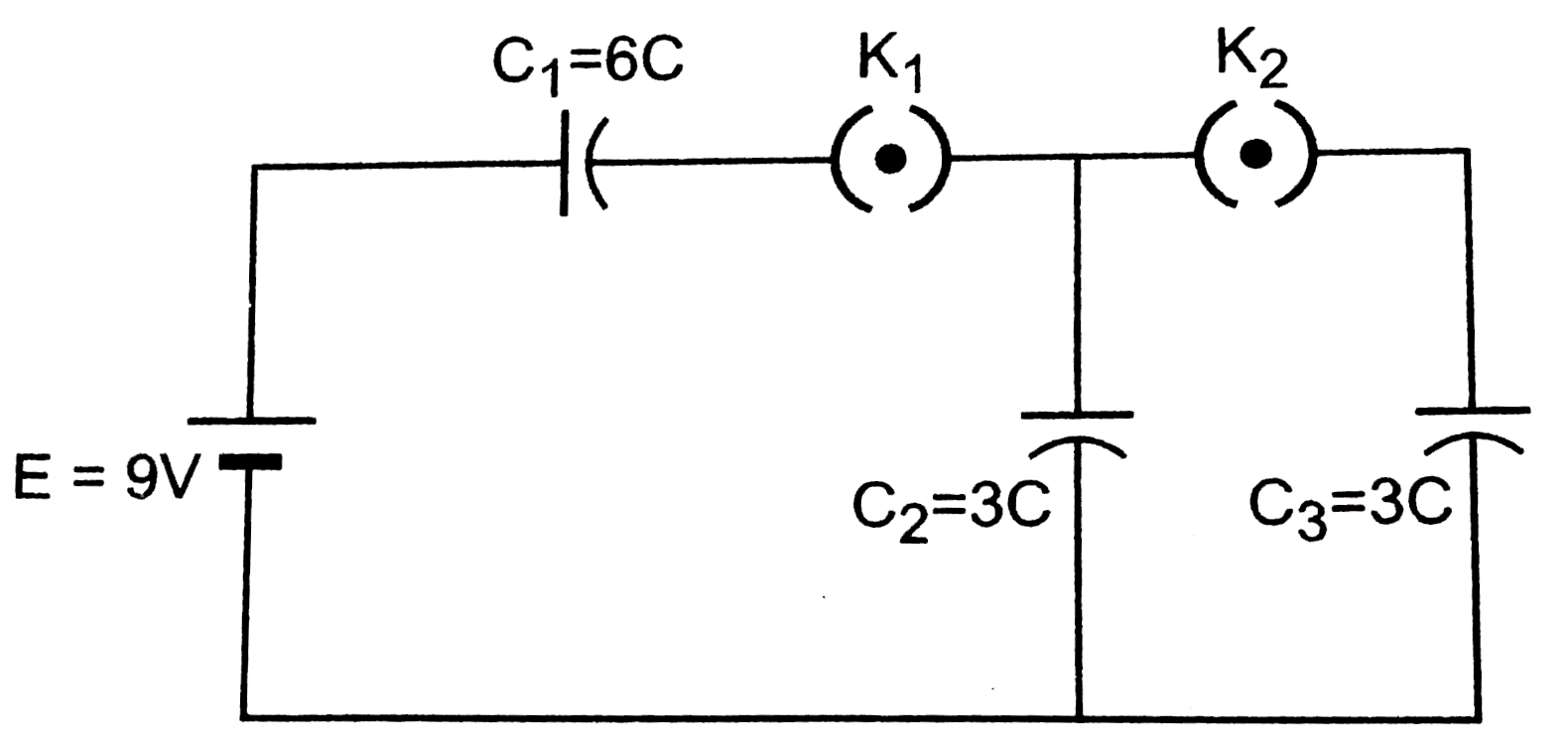
Similar Questions
Knowledge Check
In the circuit shown in figure , initially key K1 is closed and key K2 is open. Then K1 is opened and K2 is closed (order is important). [Take Q′1 and Q′2 as charges on C1 and C2 and V1 and V2 as voltage respectively].
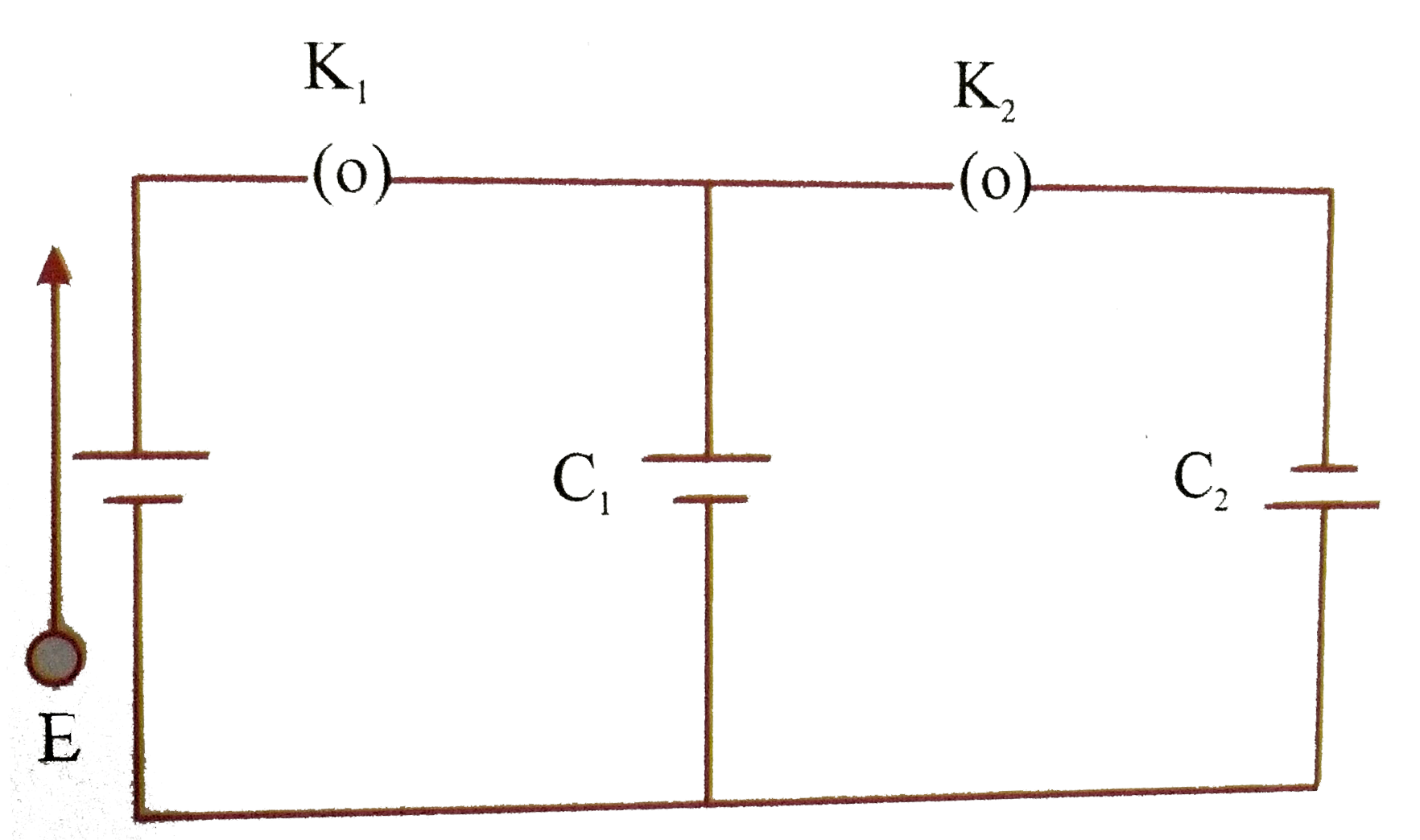
ThenAcharge on C1 gets redistributed such that V1=V2Bcharge on C1 gets redistributed such that Q′1=Q′2Ccharge on C1 gets redistributed such that C1V1+C2V2=C1EDcharge on C1 gets redistributed such that Q′1+Q′2=Q.In the given circuit (as shown in figure), each capacitor has a capacity of 3μF. What will be the net charge on each capacitor ?
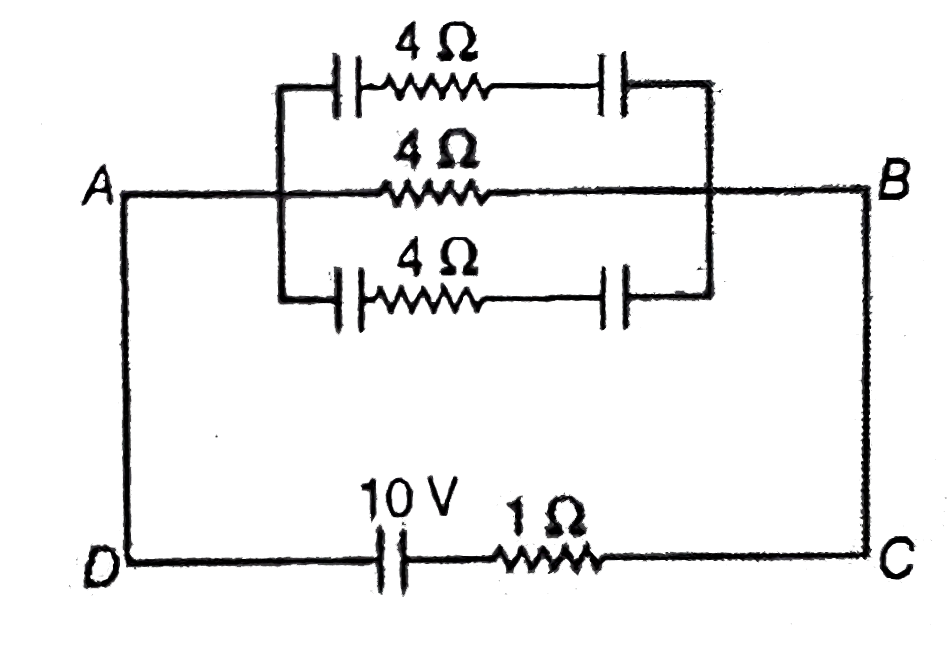 A48μCB24μCC12μCDNone of these
A48μCB24μCC12μCDNone of theseAfter the capacitor gets fully charged, S1 is opened and S2 is closed so that the inductor is connected in series with the capacitor. Then,
Aat t=0,energy stored in the circuit is purely in the formed of magnetic energy.Bat any time t>0, current in the circuit is in the same directionCat t>0, there is no exchange of energy between the inductor and capacitorDat any timet>0instantaneous current in the circuit mayV√CL
In the circuit shown in Fig. each capacitor has a capacity of 3μF. Calculate the quantity of charge on each capacitor.
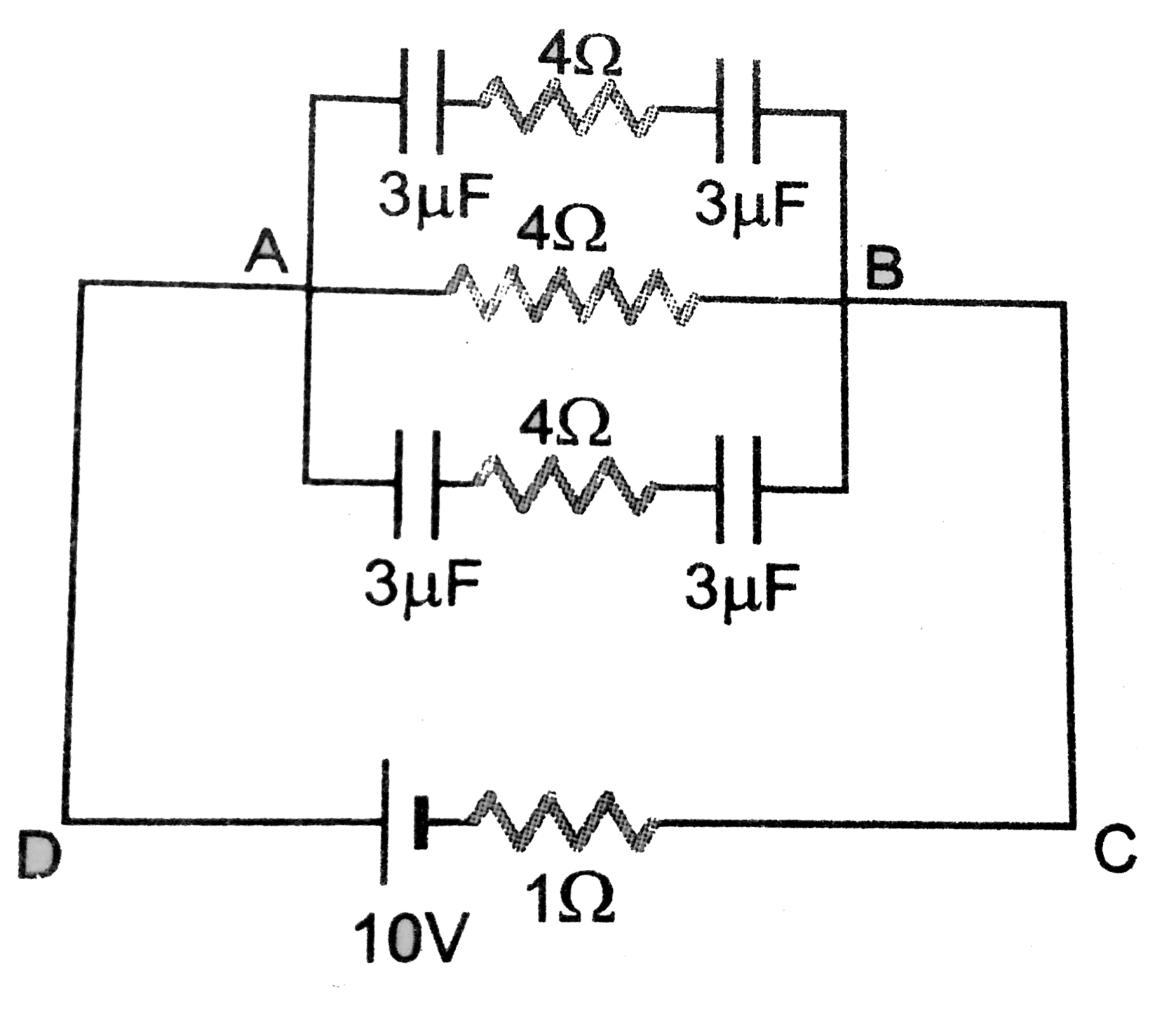
View SolutionIn the circuit shown the capacitors are C1=15μF,C2=10μFandC3=25μF. Find
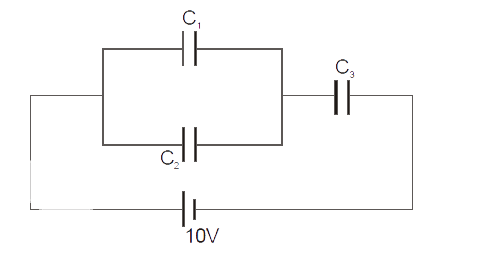
the charge on each capacitor and
View SolutionConsider the circuit shown in the figure.
(a) Find the current i flowing through the circuit when the keyK1is open and K2 is closed.
(b) Find the net charge on the capacitor when K1 is open & K2 is.closed and also when K1&K2 both are closed.
(c) What is the change in the current'i, when K1 is closed

View SolutionIn the circuit shown in fig. when the switch is closed, the capacitor charges with a time constant
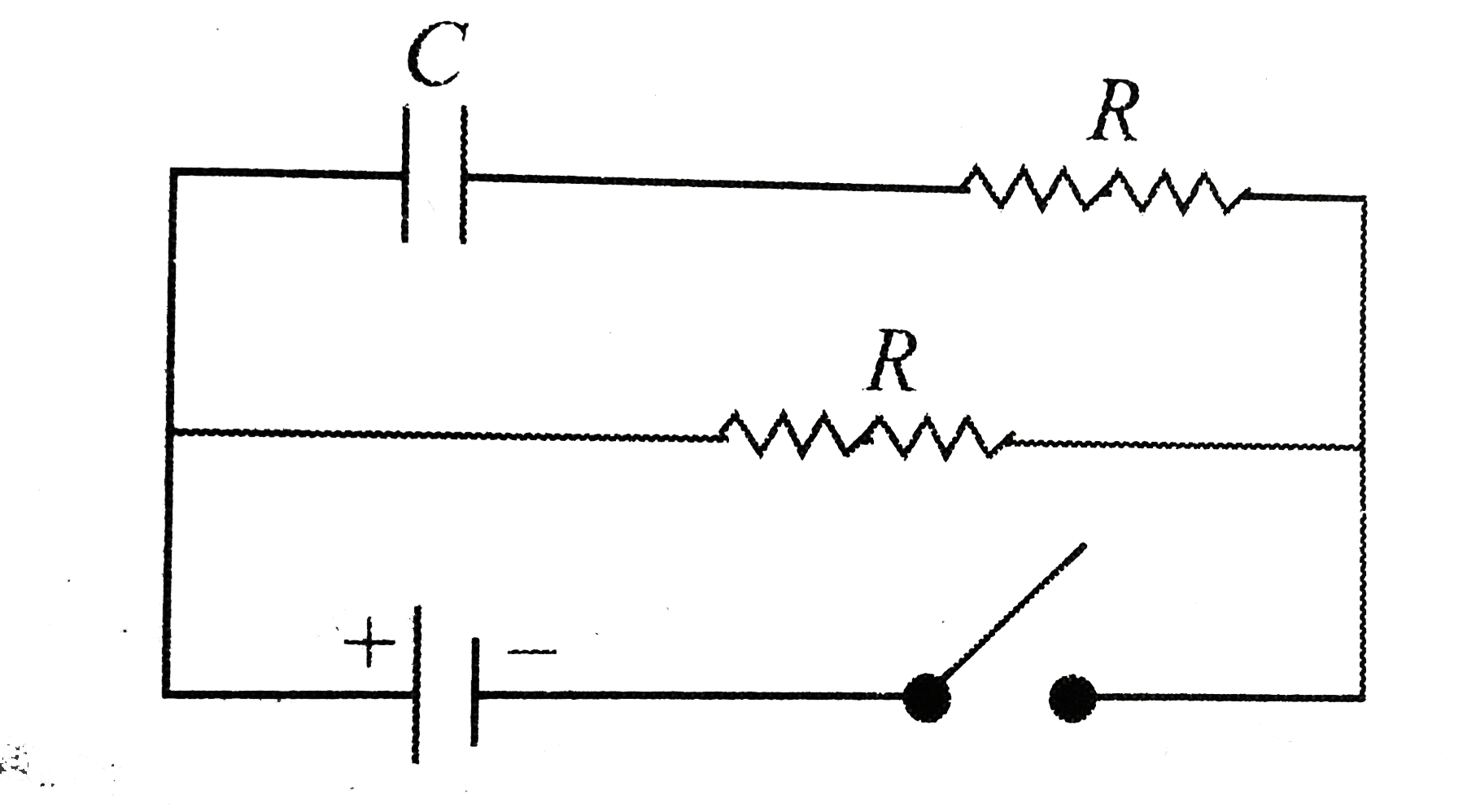
View SolutionIn the circuit shown in figure initially the switch is opened. The switch is closed now.
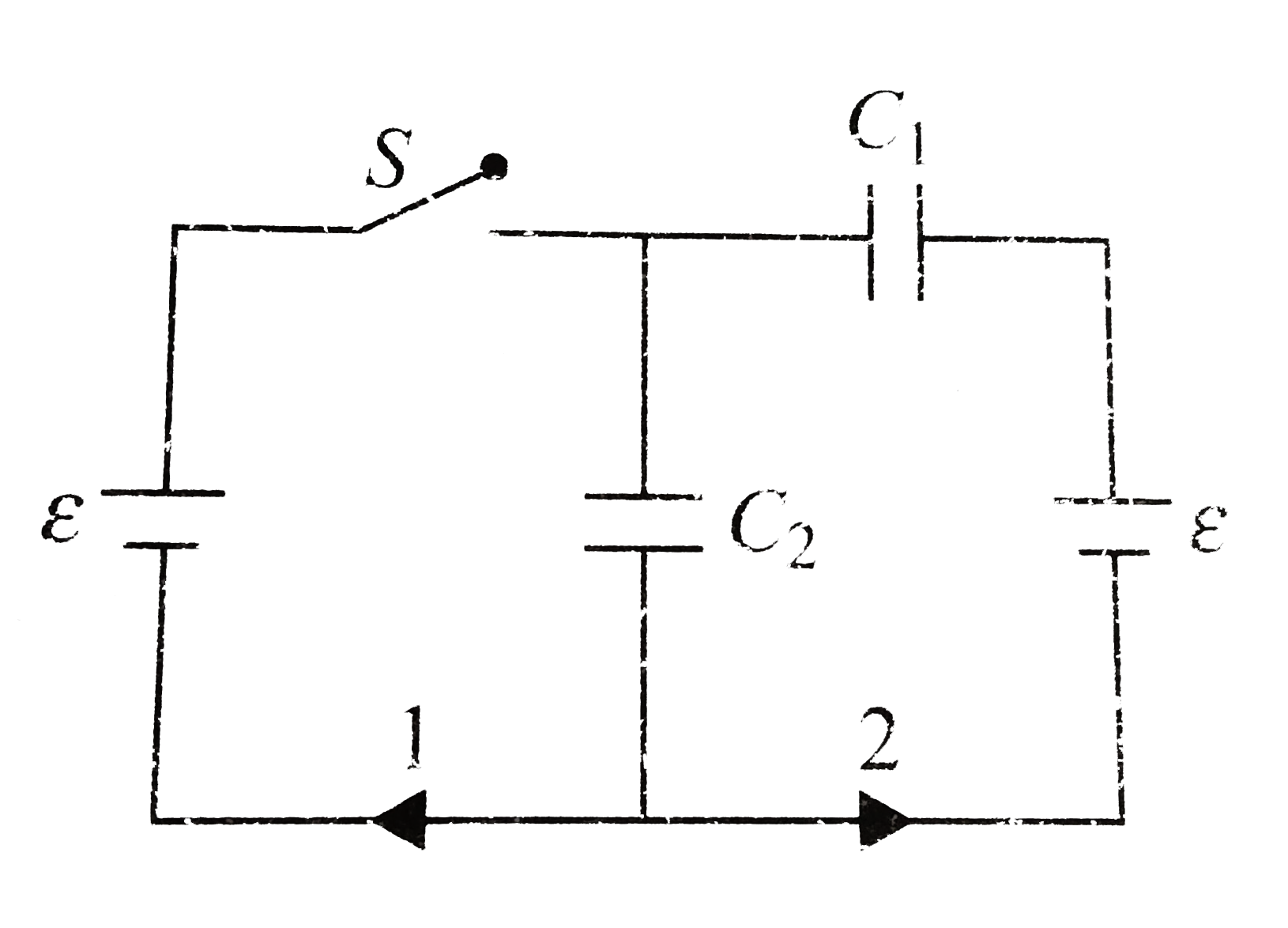
The charge that will flow in direction 1 is
View Solution


